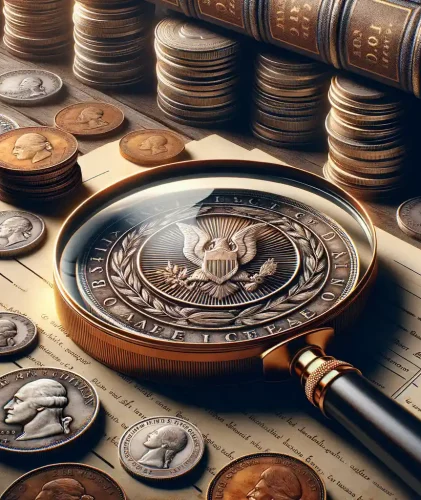Understanding Coin Grading Basics
Why Grading Matters More Than You Think
Imagine holding a coin in your hand that looks shiny and flawless—at least to you. But is it really flawless? That’s where coin grading comes into play. This isn’t just about assigning a number; it’s about unlocking a coin’s story. Grading is the universal language collectors and investors use to determine a coin’s condition, beauty, and ultimately, its value.
Grades range from a humble Poor-1, where the coin has barely survived time’s wrath, to an awe-inspiring Mint State-70, a near-mythical level of perfection. Subtle scratches or even how deeply a coin is struck can mean the difference between a modest collectible and a jaw-dropping masterpiece worth thousands (or more).
Key Factors Experts Look For
Grading isn’t just guesswork—it’s practically an art form. Professionals evaluate coins based on several factors:
- Strike: Was the coin sharply detailed when minted, or does it look a little “soft”?
- Luster: How light dances across its surface says a lot about its quality.
- Wear and Tear: Any nicks, scratches, or fading details are red flags.
Knowing these basics gives you fresh eyes when examining your treasures. Even if you’re new to the hobby, understanding grading will make you feel like an expert in no time!
The Importance of Professional Coin Grading Services
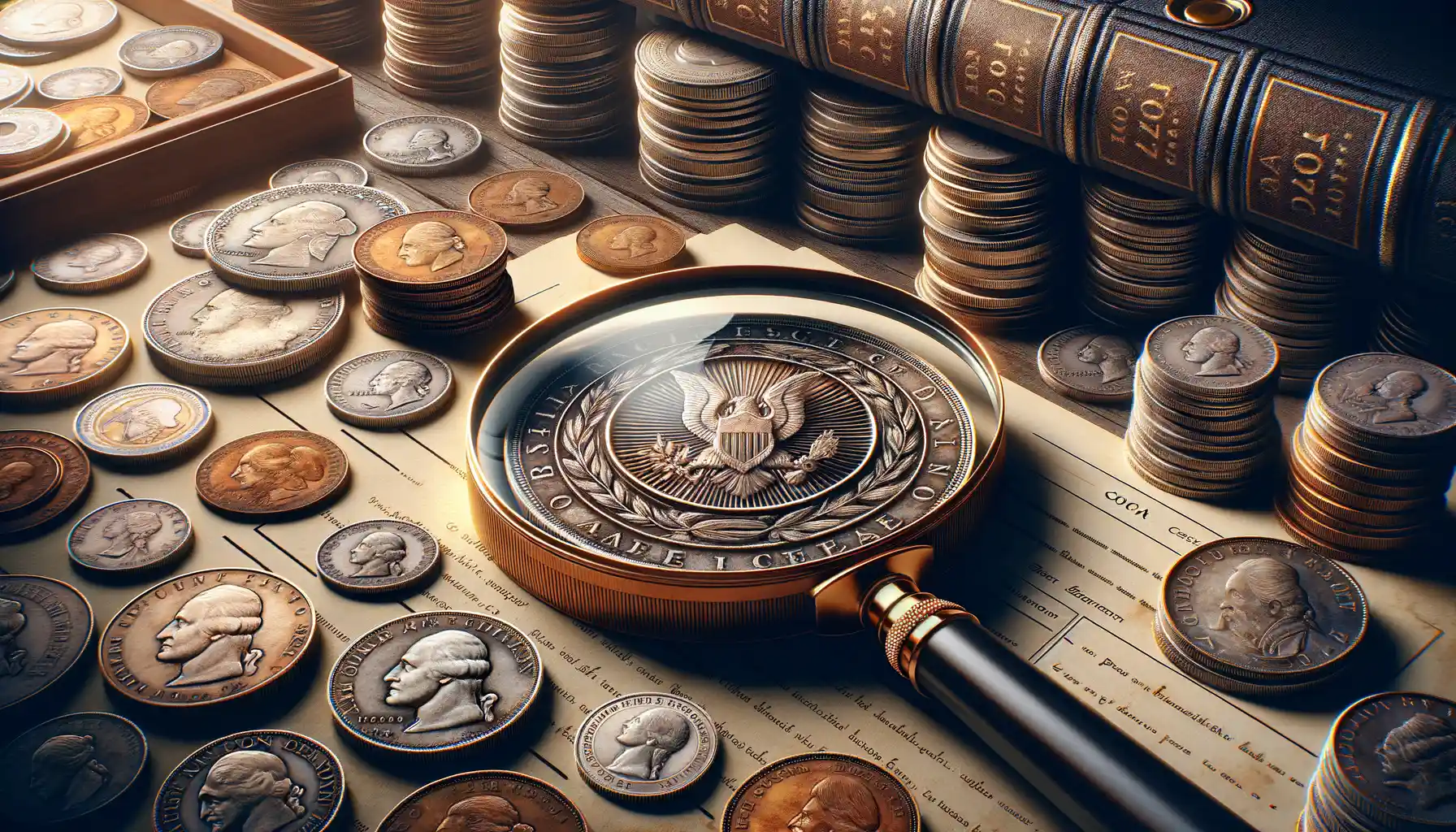
Why Trust Experts with Your Coins?
Imagine holding a coin that might be worth thousands—or just a few bucks. How do you really know its value? That’s where professional grading services swoop in, like skilled detectives for your treasures. These experts analyze every minute detail, from the coin’s shimmering luster to barely-there scratches, assigning it an official grade that collectors trust like gospel.
Professional grading isn’t just about numbers; it’s about protecting *you*. A coin slabbed by a reputable service like PCGS or NGC comes encased in a tamper-proof holder, practically screaming authenticity and quality. In a world full of counterfeits and questionable listings, this layer of trust feels like armor for your collection.
- Transparency: Buyers and sellers can agree on what a coin is truly worth.
- Preservation: Slabbing shields your coins from fingerprints, dust, and environmental damage.
- Market Confidence: Professionally graded coins fetch higher prices at auctions.
Handing over your coins to a grading service might feel like sending your kids to school for the first time. But let me tell you: watching those little slabs return, gleaming and certified, satisfies like nothing else.
How to Properly Store Collectible Coins
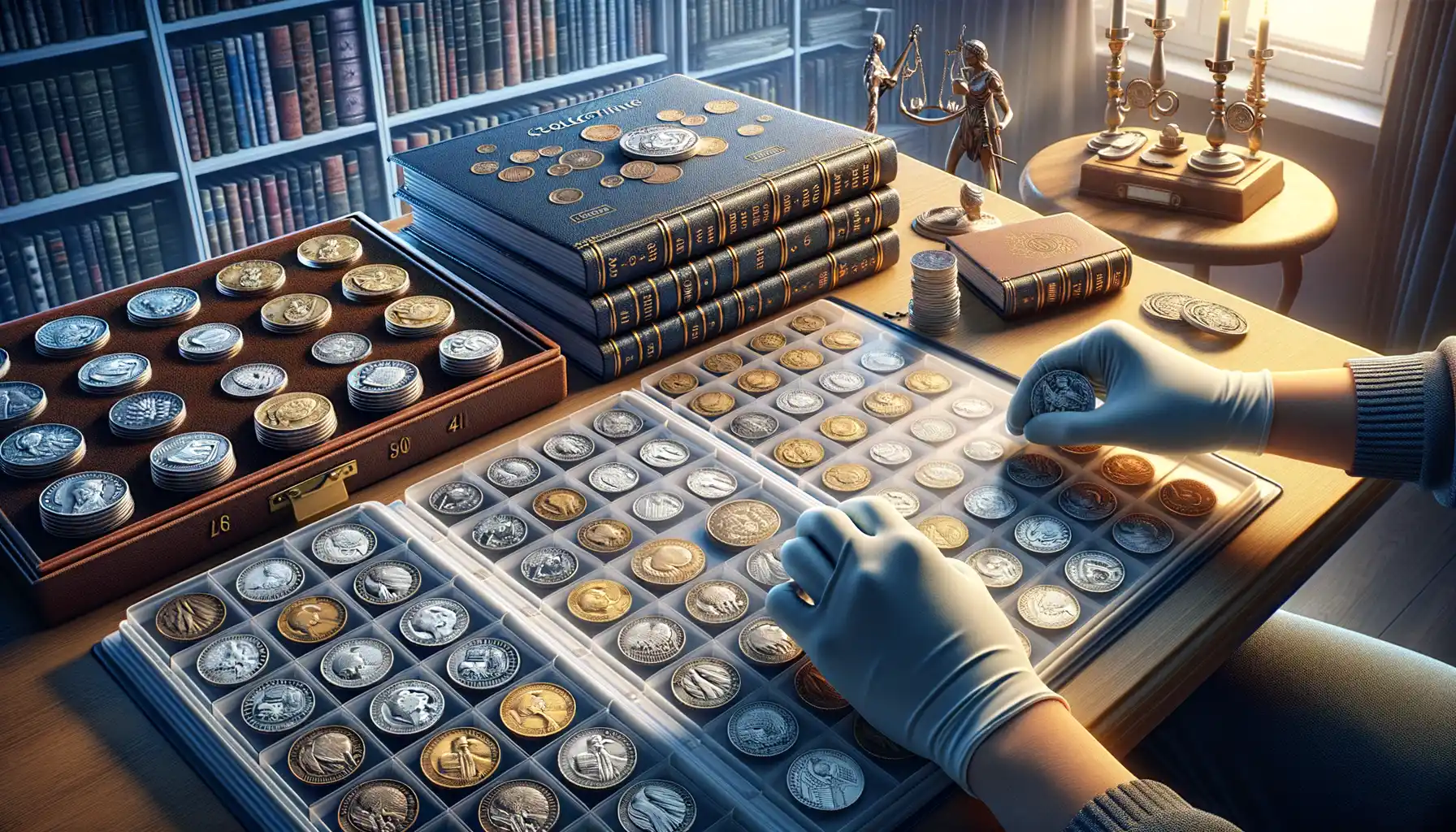
Creating a Safe Haven for Your Treasured Coins
Imagine this: each of your collectible coins carries a story—centuries of history, artistry, and craftsmanship in the palm of your hand. But improper storage? That’s like leaving a rare painting out in the rain. If you want your treasures to retain their value and sparkle, creating the right environment is essential.
Here’s the golden rule: avoid moisture like the plague. Coins and humidity don’t play well together—that silvery gleam can turn into tarnished regret overnight. Store your coins in a dry, temperature-controlled area. Think drawers, safes, or better yet, a proper coin cabinet. Avoid basements or attics; they’re traps for dampness and wild temperature swings.
- Invest in acid-free holders, flips, or albums to protect coins individually. Plastic flips made of PVC can damage their surfaces, so steer clear of anything cheap or flimsy.
- For long-term storage, consider airtight capsules or tubes. They shield coins from oxidation and keep dust, air, and fingerprints at bay.
Avoiding the Fingerprint Fiasco
Your hands might feel clean, but to coins, they’re villains in disguise! The natural oils on your skin can corrode surfaces and lower grading quality over time. Always handle coins by their edges—hold them like fragile glass ornaments. Better yet, grab a pair of soft cotton gloves. You’ll feel like a pro while ensuring those precious surfaces stay pristine.
When you take these steps, you’re not just storing coins—you’re preserving history in its purest form.
Common Mistakes in Grading and Storage
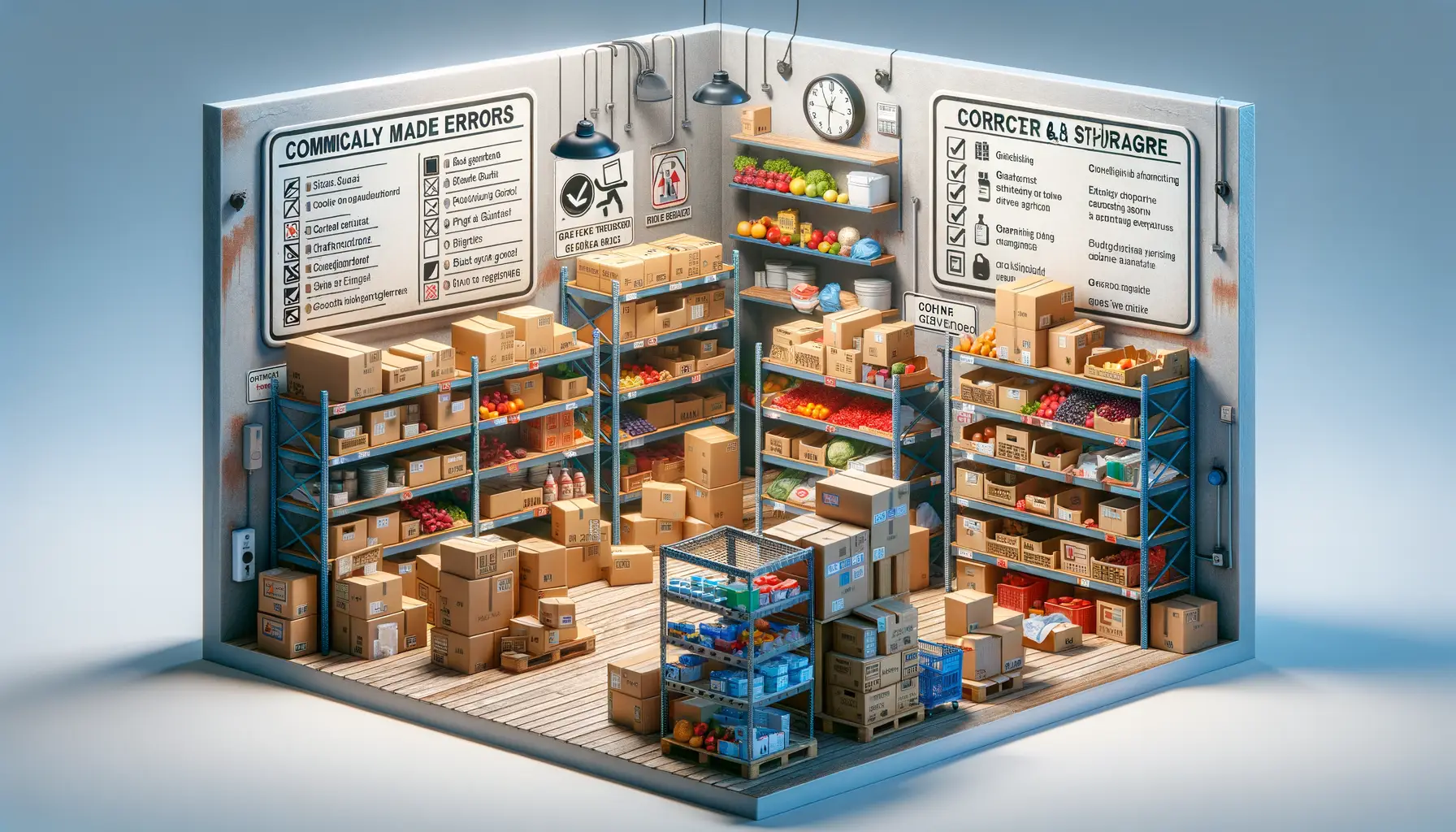
Overlooking the Nuances of Coin Grading
Grading coins isn’t just about giving them a simple “thumbs-up” or “thumbs-down.” Many beginners fall into the trap of trusting their gut or relying on insufficient lighting. Let me tell you, grading a coin in your dimly lit kitchen can lead to heartbreak later. You might think that scratch is “minor,” but under the critical eyes of a professional grader, it could downgrade your precious find significantly.
Another common mistake? Ignoring subtle details. A coin’s luster, its strike quality, and even slight wear marks can mean the difference between a “Mint State 63” and a doom-worthy “AU.” And trust me, the higher the grade, the bigger the gap in value. Always educate yourself on the grading scale—or better yet, invest in the services of a trusted professional like PCGS or NGC. Think of them as the GPS guiding you through the stormy seas of coin evaluation.
Careless Storage Practices: A Recipe For Disaster
You wouldn’t toss a priceless painting into the attic, would you? Yet so often, collectible coins meet a fate just as tragic. Here are some rookie mistakes to avoid:
- Using non-archival materials like PVC flips, which can chemically react with coins, leaving an ugly green residue.
- Storing coins in humid environments. Moisture is the ultimate villain, causing oxidation and dreaded tarnishing.
- Handling coins with bare hands—your skin oils aren’t as innocent as they seem!
Be proactive. Use airtight holders, invest in a dehumidifier if needed, and always hold coins by their edges. Your future self (and collection) will thank you!
Tips for Building and Preserving a Valuable Collection
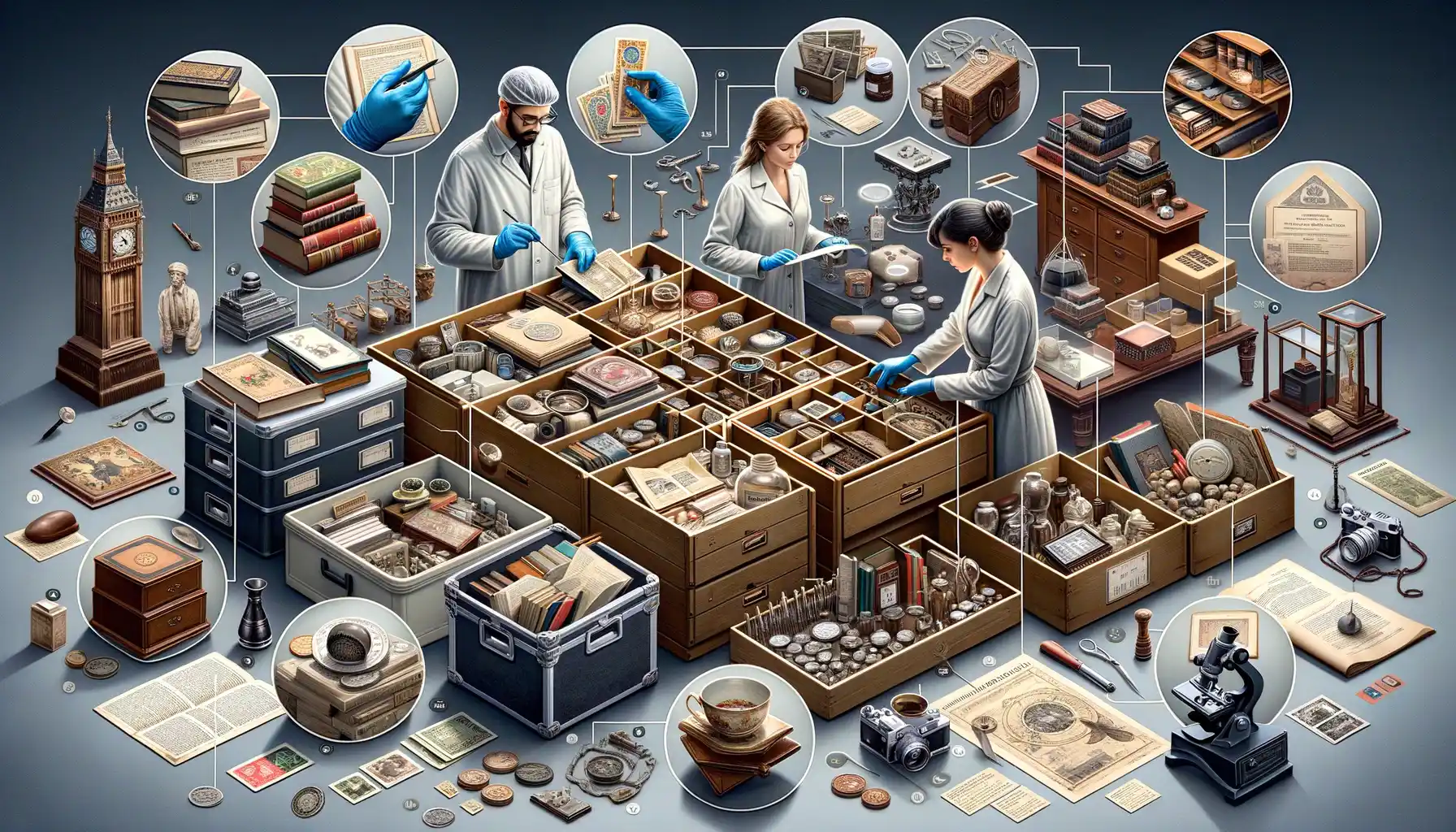
Curating Coins Like a Pro
Building a coin collection isn’t just about amassing shiny treasures—it’s about crafting a story that’s uniquely yours. The key? Start with purpose. Are you drawn to the intricate designs of historic coins, or is modern minting more your style? With a clear focus, you’ll not only avoid impulse buys but also ensure your collection holds both meaning and potential value.
A collector’s secret weapon? Research! Get to know your coins like you would a dear friend. What’s the mintage? Any unique errors? For example, the 1943 steel penny has an incredible backstory and can spark curiosity in any collection. And don’t forget to connect with experts or fellow enthusiasts. Coin clubs and online forums can be goldmines (pun intended!) for advice on trustworthy sellers and spotting counterfeits.
- Look into limited-edition sets—rarity adds value!
- Keep an eye out for coins with pristine grades—these often fetch higher prices.
- Document your collection meticulously; knowing the history behind each piece will serve both monetary and sentimental purposes.
Preserving Your Legacy
Coins are like delicate time capsules—treat them as such. Avoid storing them unprotected in drawers or jars where scratches and tarnish can creep in. Instead, invest in airtight holders or albums made with inert materials (PVC-free!). Even slight exposure to moisture or oils from your fingers could turn a treasured piece into a sad story.
Temperature and humidity can be sly enemies. Store your collection in a cool, dry space—some collectors even joke their coins are better protected than their jewelry! And while it’s tempting, resist overcleaning. An untouched patina often tells a richer tale than a scrubbed surface. After all, preservation is about respecting a coin’s journey, not erasing it.

